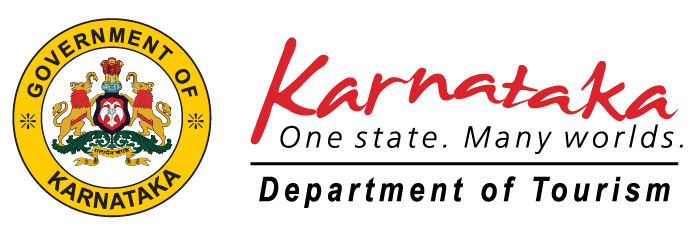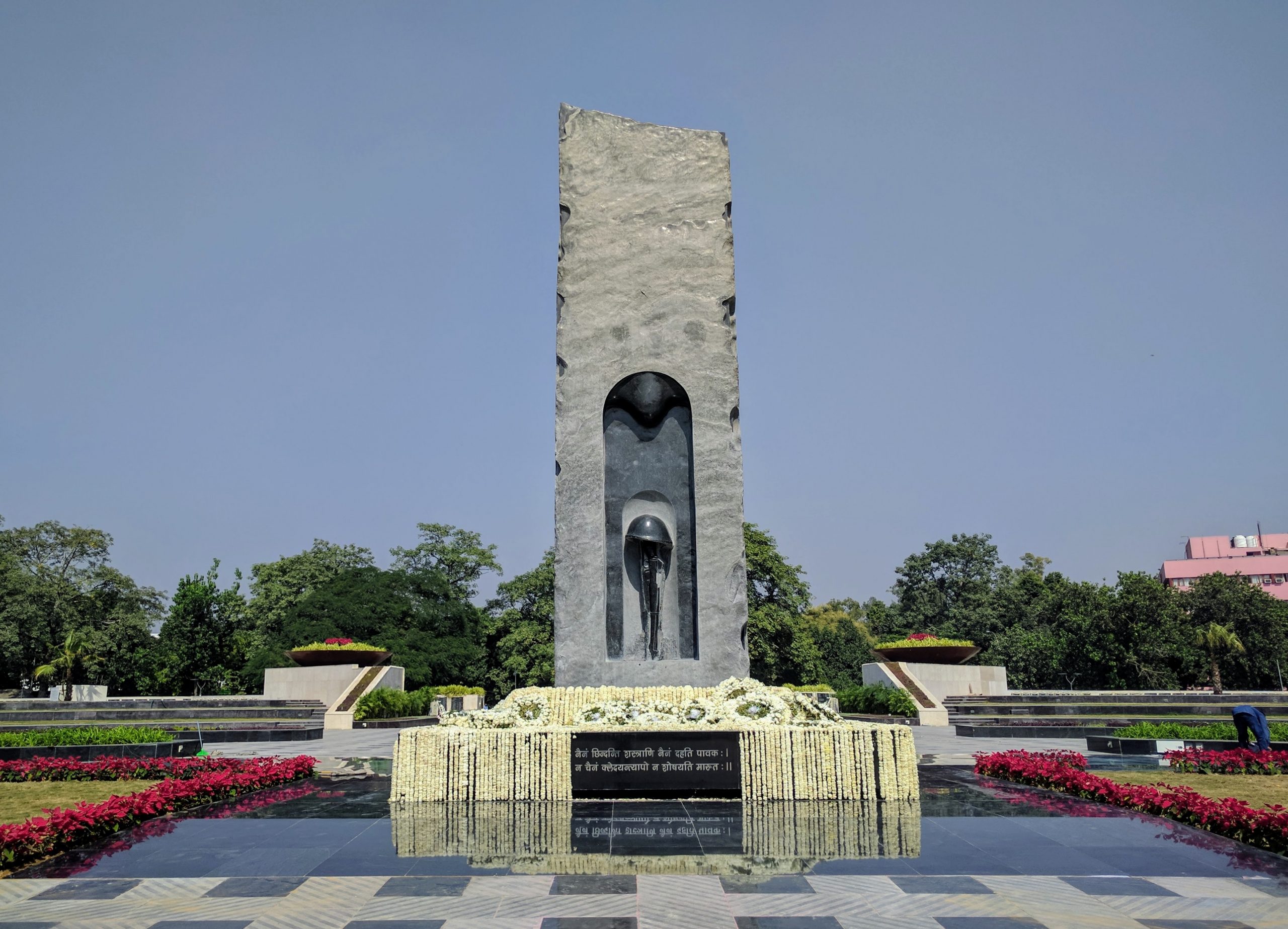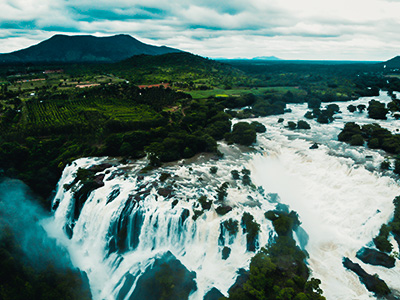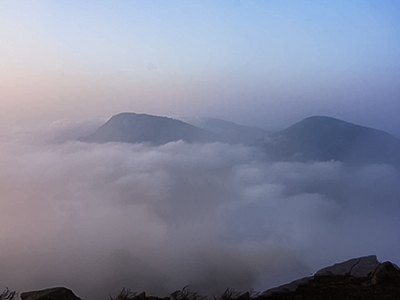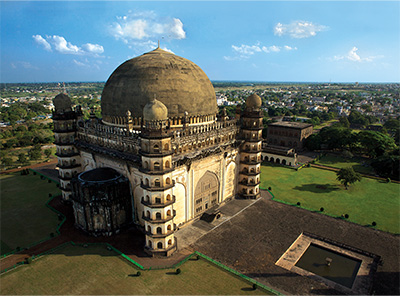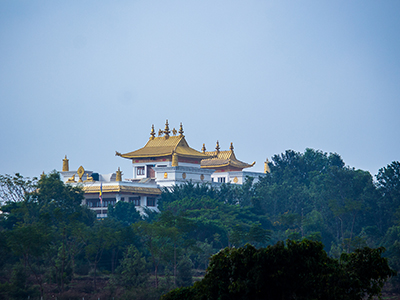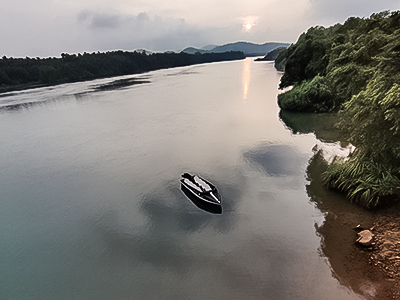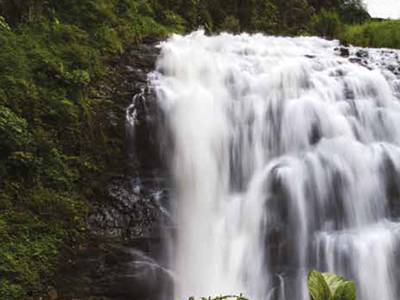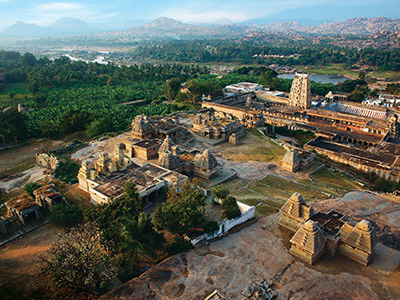Police National Memorial
The National Police Memorial is a significant monument in India that pays tribute to the brave police personnel who have sacrificed their lives in the line of duty. It stands as a solemn reminder of their valor, dedication, and commitment
Shivanasamudra Waterfalls
It is incredible to know that Asia’s first hydroelectric power stations which were set up in 1902 are in Karnataka at Malayalli taluk of Mandya district under the Mysuru Kingdom. The hydroelectric power plant is still active.
Skandagiri Trek
Also known as Kalavara Durga, Skandagiri hills famous for their gorgeous sunrise and sunset views hold historical significance as the ruins of the 18th century Tipu Sultan fort can be seen at the top.
Seven Wonders of Karnataka
The list of seven wonders of Karnataka is officially unveiled. An initiative by the media giant Asianet Suvarna News, Kannada Prabha and Karnataka Tourism is supported by the Government of Karnataka, Karnataka State Transport Development Corporation and Jungle Lodges and
Things to do in Bylakuppe
Here are the top 5 things to do in Bylakuppe: Namdroling Monastery, Tashi Lhungo Monastery, Sera Monastery, Dubare Elephant Camp, Chiklihole Reservoir
Places to Visit in Honnavar
Looking for a quaint holiday destination away from the hustle and bustle of a mainstream location, then Honnavar is the answer. A scenic small town in Uttara Kannada with the Arabian Sea on one side and the Western Ghats on
Places to visit in Karnataka in Winter
A laid-back, quaint, and serene town in the Uttar Kannada district of Karnataka, Gokarna used to be a backpacker’s paradise. But no longer now. This happening town with an array of activities from beach surfing to visiting an ancient temple,
Places to visit in Karnataka this Christmas
The season of joy and happiness is just around the corner. Each year, the entire world celebrates Christmas on 25th December to mark the birth of Jesus Christ. According to the Christian religion, Jesus Christ is believed to be the
Places to see in Gokarna
A laid-back, quaint, and serene town in the Uttar Kannada district of Karnataka, Gokarna used to be a backpacker’s paradise. But no longer now. This happening town with an array of activities from beach surfing to visiting an ancient temple,
Things to do in Hampi
Better known for Virupaksha Temple, the iconic Chariot, and the ruins of the Vijayanagara Empire, the historical city Hampi has a lot more to offer to travellers. In the era of experiential and slow travel, Hampi is a place to
